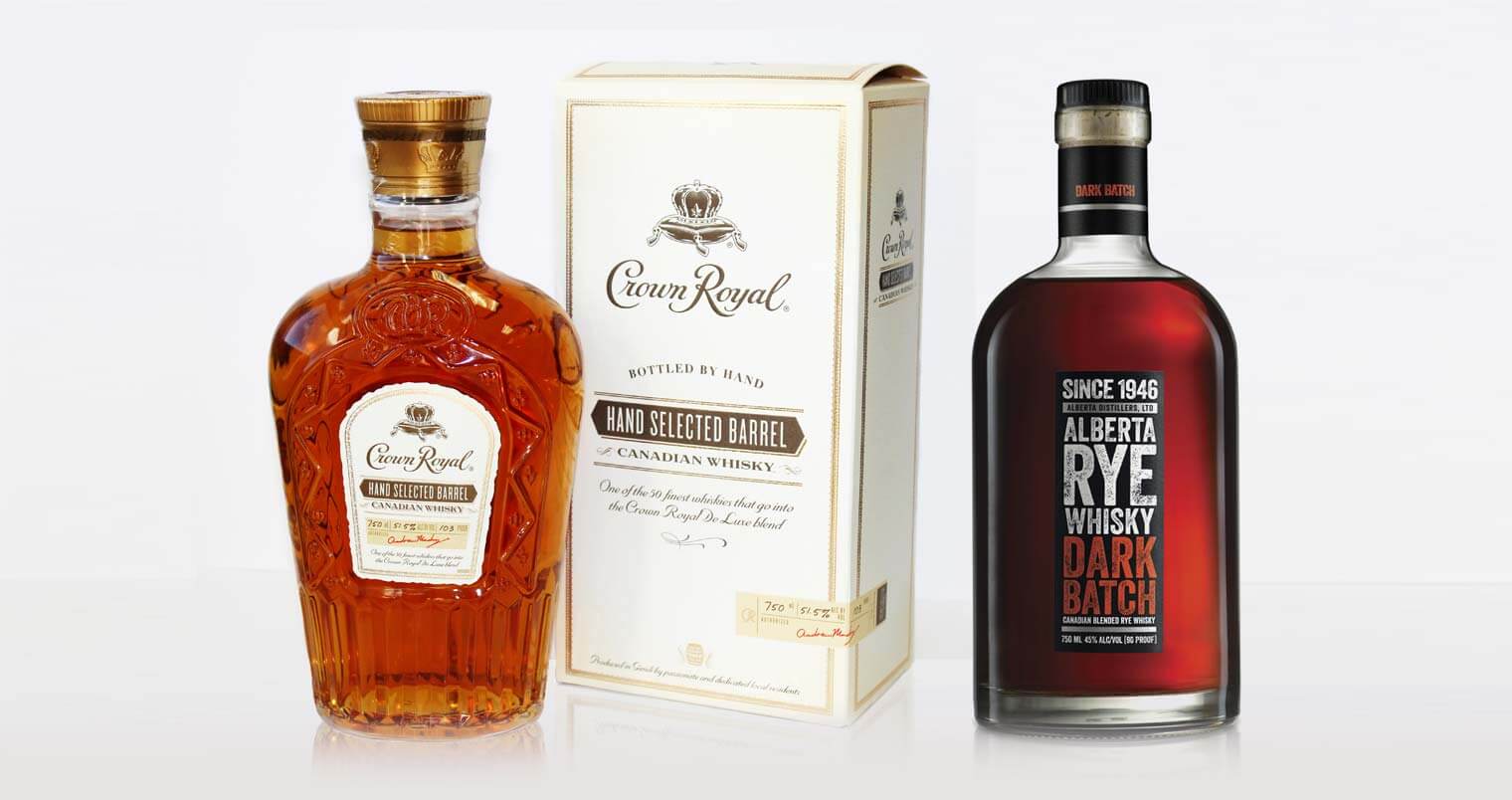I have certainly sampled a few bottles of "local" whiskey in the US that, upon further inspection, were actually labelled as Canadian whiskey. One was "from" Oregon, the other "from" Indiana. Both were of the "nothing special" variety. I wish I could recall the brand a former co-worker enjoyed. It was not available south of the border, but he had a customer bring a bottle down. All I recall is that it was 12 years old.
Could this be LOT 40 12 YO cask strength?




